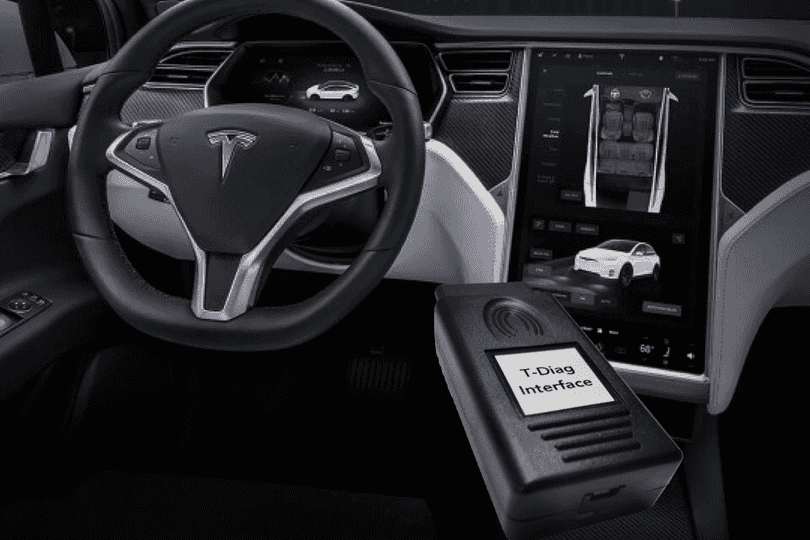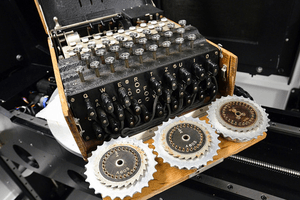NOW’S THE TIME FOR STANDARDIZED DIAGNOSTIC SYSTEMS TO MORPH INTO THE ELECTRIC VEHICLE AGE!
Back in the day of the invention of the transistor, you had to be Alan Turing who was the person who broke the German’s Enigma code system during World War 2 to be able to perform automotive diagnostics when car makers started to install electronics in the automobiles.
Automotive diagnostics back then was problematic mainly because each manufacturer had their own system. Now the dealers had the tools and support to get the job done, but independent shops and technicians had to struggle to find a way of figuring out on their own that would lead to a successful repair.
Say what you want about California and CARB, (California Air Resources Board) for establishing a standardized diagnostic system that was the same no matter who made the vehicle. Enter OBD-II which provided a standard diagnostic connector located in the same general area in the vehicle and generic codes with common definitions.
This meant that anyone with an OBD-II compliant scan tool code read diagnostic codes and view data parameters that would aid the technician in locating the cause of the customer complaint.
Fast forward to today, modern technicians diagnosing modern internal combustion engine vehicles have a standardized diagnostic system with more helpful information at their fingertips than ever before.
But what about the onslaught of electric vehicles that are being thrown at us, what about diagnostics on those for the independent shop and technician. Well, they are actually back to the days of the invention of the transistor.
Each manufacturer is once again doing their own thing making it difficult once again for the independent repairer. You can’t perform the same diagnostic procedure on a Tesla that will work on a Rivian or a Chevy Bolt.
But, once again the state of California steps up to the plate with a set of laws created by CARB to standardize diagnostic systems for electric vehicles.
Starting with the 2026 model year vehicles, California regulations, part of the state’s Advanced Clean Cars II program, will require automakers to phase in a standard EV diagnostic system.
Look for that to become the industry standard for EV diagnostics. Seven of the 17 states that follow California’s emissions rules have already adopted Advanced Clean Cars II regulations. Moreover, about 20 percent of new-car sales in the state are EVs.
Creating an onboard diagnostic system for EVs is a complex task. The mandate covers every part of an EV’s propulsion system, battery pack, power electronics, charging system and thermal systems. The EPA also wants the system to give drivers easy access to battery health — think of the kind of data a cellphone can provide.
Automakers, including EV-only sellers like Tesla, Lucid and Rivian that have never complied with the combustion engine standard, must all get on the same page now.
The Alliance for Automotive Innovation, representing most major automakers in the U.S., says there’s much to be done and wants California, the EPA and global regulators to collaborate to reduce the project’s complexity.
As this article is being written the battle for the right to repair for independent shops continues with Maine voters on Tuesday, Nov. 7, overwhelmingly backed a proposal on right to repair, joining Massachusetts as the second state to approve such a law and potentially triggering another legal battle amid opposition from major automakers.
The measure which received about 84 percent of the “yes” vote, requires automakers to standardize vehicle on-board diagnostic systems and make them remotely accessible to owners and independent repair shops.
So, Mr. independent technician, you may have to wait a couple more years, but easier times are coming.




